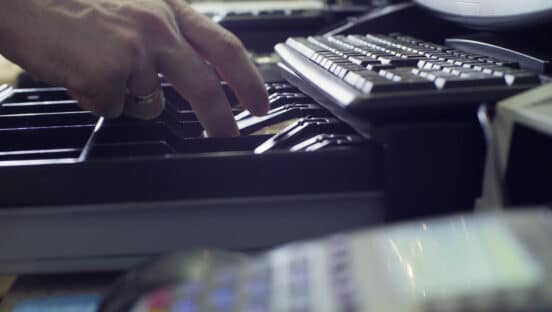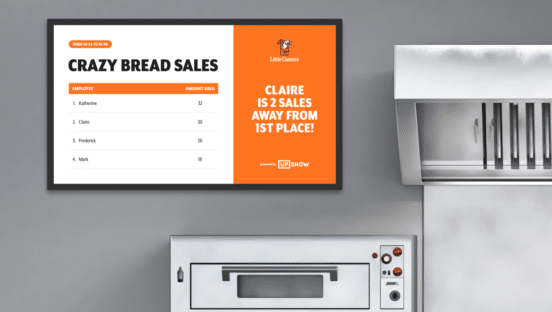Restaurant operators frequently underestimate the time and labor commitment they’re making to cash handling. From counting and recounting to depositing, reconciling, and delivering cash to the bank, it adds up quickly.
“Manual activities, such as the handling and depositing of cash receipts, distract restaurant managers from the core of their business, which is providing a great experience for customers and a positive working environment for their employees,” says Lenny Evansek, senior vice president of SafePoint business development at Loomis. “That’s why accepting cash payments is more important than ever. Cash is and will remain a strong method of payment within the quick-service restaurant industry as the needs and characteristics of its consumer can vary across many geographic areas and social metrics.”
Given ongoing challenges with labor and the supply chain, it may be time for restaurant operators to re-evaluate how they manage cash handling, Evansek says. Solutions put in place five–10 years ago may no longer serve the modern world as effectively as operators need.
Manual cash counting, for example, leads to increased cash discrepancies, shortages, and errors—not to mention the increased security risk when cash is openly handled and vulnerable. The risk of internal theft rises, as cash can’t be tracked, and the location also becomes a target for external robbery or burglary, potentially putting customers and employees in harm’s way. Since employees also need to arrive early and stay late for manual cash handling tasks, labor costs increase, and supervisors must take time away from other revenue-generating responsibilities to oversee cash handling and visit the bank if needed.
[float_image image=”” width=”40″ link=”” caption=”” alt=”” align=”right” /]
“On-site store observations, comparing what is actually happening in the restaurant versus the standard operating procedure, can reveal many inefficiencies which can be corrected by implementing an automated and standard way of handling and depositing cash,” Evansek says.
When a restaurant adds new automation technology and begins a new cash handling process, training and providing resources for ongoing training of employees is essential, Evansek says. Operators should ensure there’s always a paper trial, which is easy for managers to maintain and view if their smart safe and cash recycling solutions come with a customer reporting portal. Finally, operators should assess their new cash handling process at 60-, 180-, and 360-day intervals, evaluating the compliance of the transition and making improvements as necessary.
In fact, a case study conducted by Loomis found that restaurants can save more than 30 hours per month in labor and another $50–$100 in bank depository and change order fees by automating cash management.
“Operators that choose an automated way to handle and deposit cash can count on time and money savings from eliminating or reducing bank trips, deposit prep, drawer reconciliation, and benefits within corporate treasury, accounting, and loss prevention,” Evansek says.
To learn more and download Loomis’s Ultimate Guide to Restaurant Cash Handling, visit loomis.us/restaurant-guide.
By Kara Phelps














